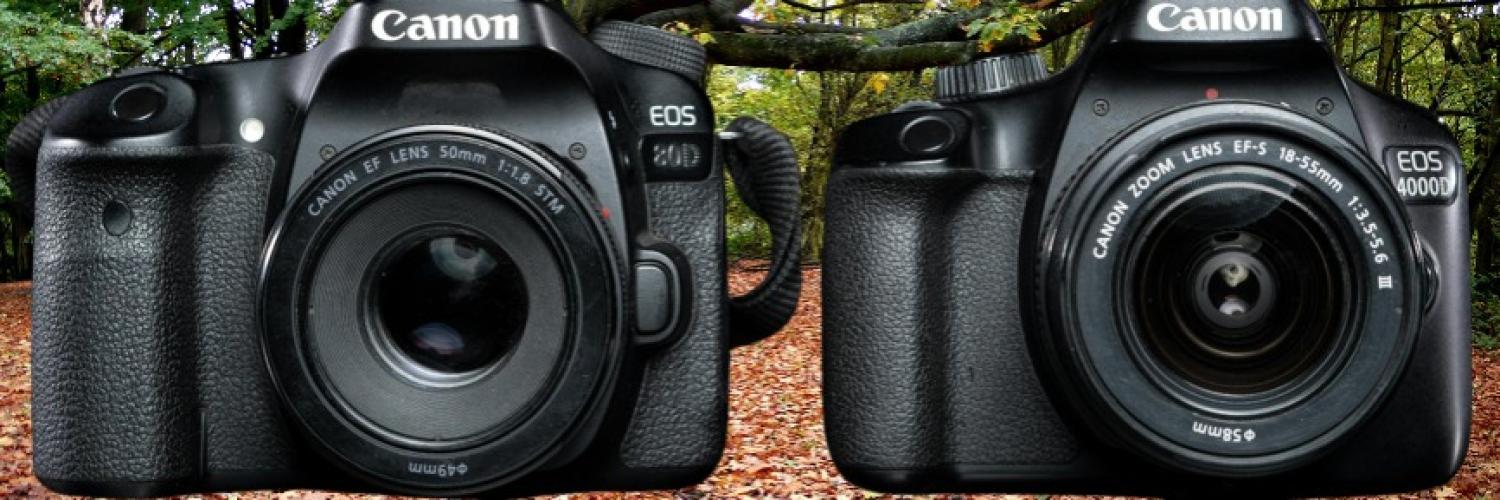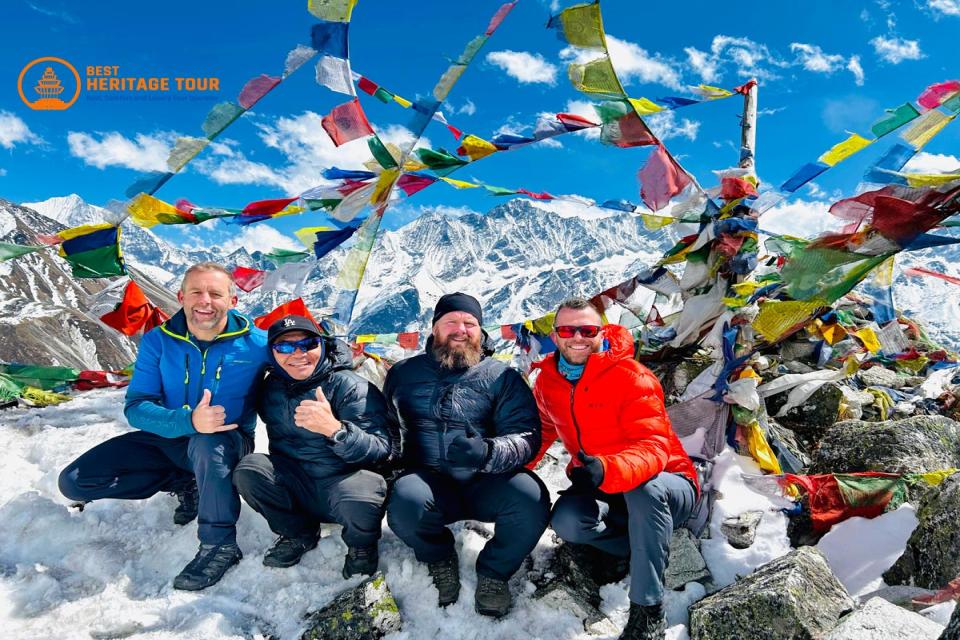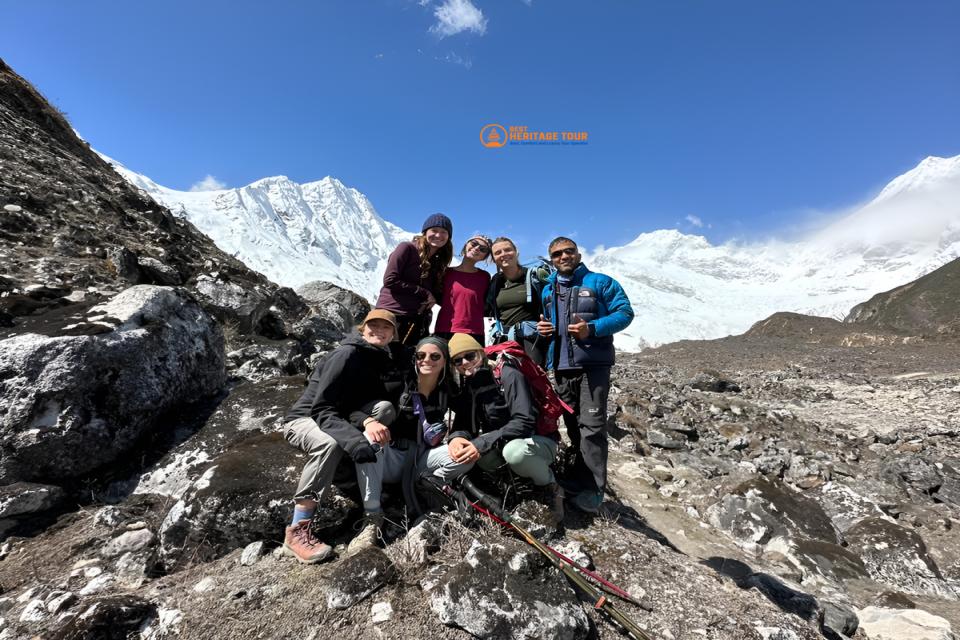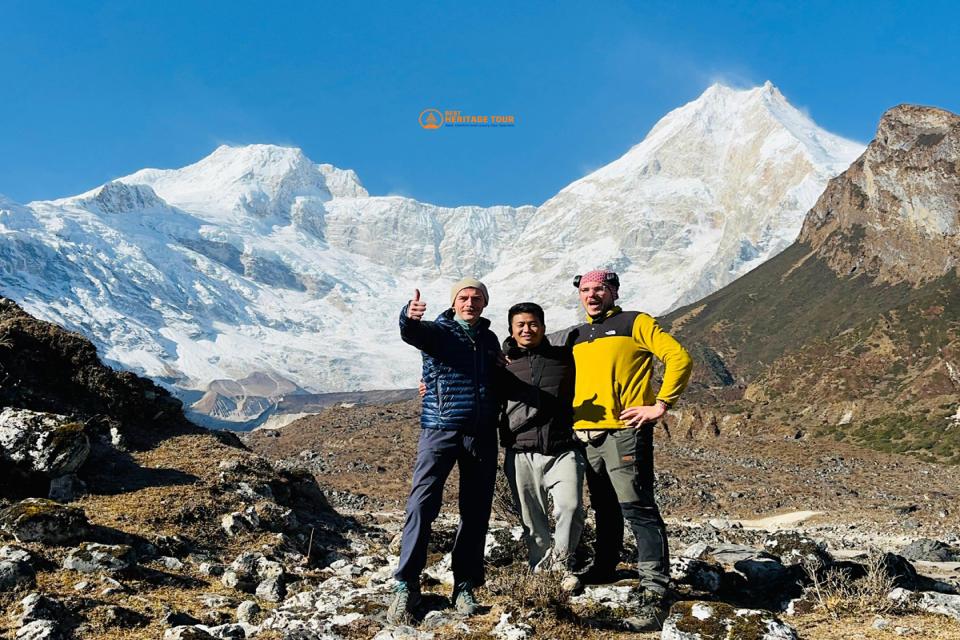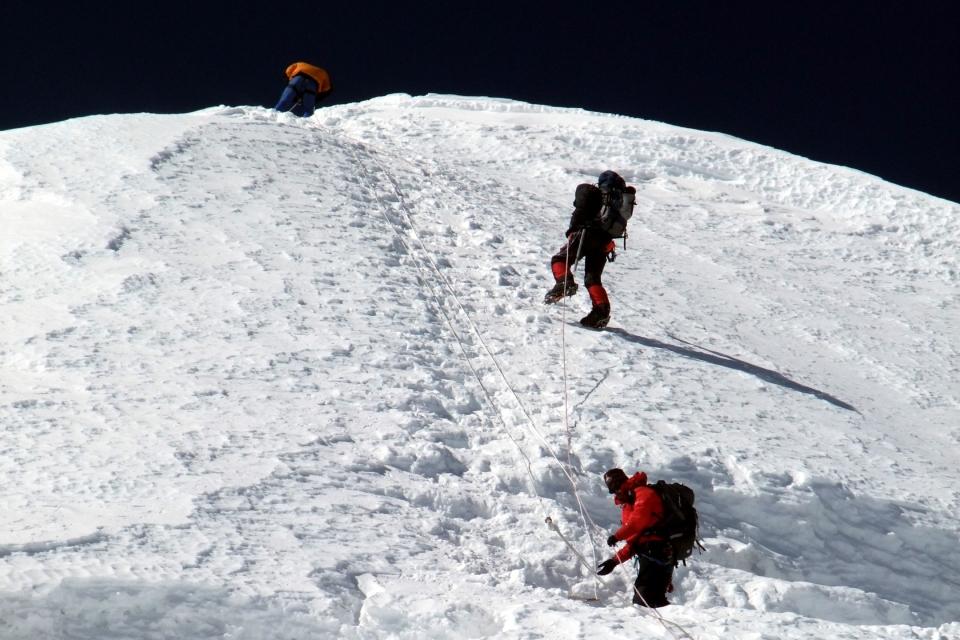Trekking in the Himalayas offers breathtaking vistas, pristine snow-capped peaks, and unforgettable photography opportunities. However, capturing these moments comes with unique challenges - one of the most common being condensation on cameras and gear.
Condensation can ruin shots, damage electronics, and even render expensive camera equipment temporarily unusable. This occurs when cold Himalayan air meets warmer camera surfaces or when moving between indoor heated spaces and the frigid outdoors.
Whether you’re photographing the Everest Base Camp, Annapurna Circuit, or trekking in remote Himalayan valleys with Best Heritage Tour, understanding and preventing condensation is essential for protecting your gear and ensuring flawless photography.
In this guide, we’ll explain why condensation happens, the risks it poses, and practical strategies to prevent it. You’ll learn how to protect your camera, lenses, drones, and other essential gear while trekking at high altitudes.
Why Condensation Happens in the Himalayas
Condensation forms when warm, humid air comes into contact with a cold surface, causing moisture to settle. In the Himalayas, this can occur in several scenarios
1. Transitioning Between Temperature Zones
-
Moving from a heated tea house or lodge to freezing outdoor conditions.
-
Entering a vehicle or plane after trekking.
2. High Humidity and Snow
-
Snow or ice crystals can melt on camera surfaces, producing condensation.
-
Morning fog and glacier areas create microclimates of high humidity.
3. Cold Camera Bodies
-
Cameras left in cold environments overnight may attract condensation when warmed.
-
Lenses, sensors, and internal electronics are particularly vulnerable.
Risks of Condensation on Cameras and Gear
Condensation is more than just a temporary inconvenience. It can:
-
Damage Electronics: Moisture can short-circuit delicate camera circuits.
-
Fog Lenses: Internal lens fog can distort images and make shooting impossible until fully dried.
-
Cause Mold: Repeated condensation in lenses or camera bodies can foster mold growth, which is very difficult to remove.
-
Battery and Performance Issues: Moisture can exacerbate battery drain and reduce functionality in cold conditions.
Understanding these risks highlights why proactive prevention is crucial for anyone trekking in the Himalayas.
Gear Preparation Before the Trek
Proper preparation is the first step in preventing condensation. Here’s how to get your gear ready:
1. Insulate Your Equipment
-
Use padded camera bags with thermal linings.
-
Keep cameras inside your jacket or insulated pockets when not in use.
-
For drones, use thermal cases designed for electronics.
2. Pre-Condition Your Gear
-
Avoid taking cameras directly from a warm indoor environment to extreme cold.
-
Gradually acclimatize equipment by leaving it in a cold environment for a short time before full use.
3. Pack Silica Gel or Desiccants
-
Place silica gel packs inside your camera bag to absorb moisture.
-
Ensure they are replaced regularly on multi-day treks.
4. Use Lens Caps and Body Covers
-
Keep lenses capped when not shooting.
-
Use weather-sealed bodies or protective covers to minimize exposure.
On-Trail Condensation Prevention Techniques
While trekking, practical habits can reduce condensation significantly:
1. Avoid Rapid Temperature Changes
-
Step outside gradually rather than rushing from a heated lodge into the snow.
-
Carry a microfiber cloth to wipe lens exteriors immediately if condensation forms.
2. Keep Gear Close to Your Body
-
Place cameras in your jacket or inner backpack layers.
-
Warmth from your body helps maintain moderate temperature and prevents moisture accumulation.
3. Limit Lens Changes
-
Changing lenses in extreme cold increases exposure of the camera interior to moisture.
-
Plan shots ahead to minimize lens swaps.
4. Use Protective Filters
-
UV or clear filters protect lenses from snowflakes and condensation droplets.
-
Polarizing filters help reduce glare and also serve as a minor shield against moisture.
5. Dry Gear Immediately After Snow Contact
-
Gently remove snow from cameras and bags using a microfiber cloth.
-
Avoid rubbing aggressively, which can scratch glass or coatings.
Additional Tips for Himalayan Photographers
1. Battery Management
-
Cold reduces battery efficiency; keep spares warm inside your jacket.
-
Rotate batteries frequently for continuous shooting capability.
2. Tripods and Accessories
-
Aluminum tripods can attract frost; consider carbon-fiber tripods.
-
Camera straps or wrist straps help keep equipment close and reduce exposure time.
3. Storage and Accommodation Considerations
-
Avoid leaving cameras in unheated rooms overnight.
-
Use silica gel packs inside camera bags at tea houses or lodges.
-
Let cameras slowly acclimate when returning indoors to prevent condensation inside.
4. Using Weather-Sealed Equipment
-
Cameras with weather sealing offer better protection but are not immune.
-
Sealed lenses reduce internal fogging risk.
Common Mistakes to Avoid
-
Taking cameras directly from heated lodges to sub-zero temperatures.
-
Frequent lens swaps in snow or icy environments.
-
Storing cameras unprotected in backpacks exposed to snow or rain.
-
Not drying gear immediately after accidental snow or moisture contact.
Conclusion: Protect Your Gear, Capture the Himalayas
Preventing condensation on cameras and gear is essential for anyone trekking in the Himalayas. With careful preparation, gradual acclimatization of equipment, and practical on-trail habits, you can protect your investment and capture breathtaking images without worry.
At Best Heritage Tour, we guide trekkers and photographers through the Himalayas with expert tips on handling extreme conditions, including camera safety, photography advice, and logistics support. Our aim is to let you focus on the beauty of Nepal while we ensure your trek and gear remain safe.
Phone / WhatsApp / Viber: +977‑9851149197 / +977‑9810043046
Email: info@bestheritagetour.com / bestheritagetour@gmail.com
Website: www.bestheritagetour.com
Office: Thamel Marg, Kathmandu, Nepal
Author: Best Heritage Tour
Date: 30th October, 2025

